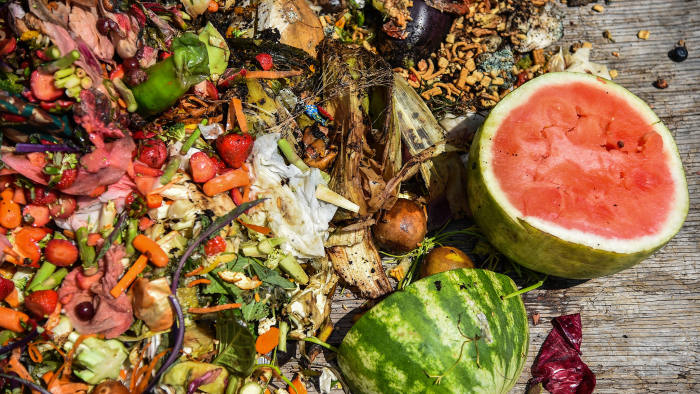
Project summary
This pioneering study analyzed the climate change and economic impacts of food waste in the United States. Using loss-adjusted national food availability data for 134 food commodities, it calculated the greenhouse gas emissions due to wasted food using life cycle assessment (LCA) and the economic cost of the waste using retail prices.
Systems modeled in the study
We modeled a total of 134 food commodities using average US production data for each of them. The system boundary was defined as cradle-to-grave. The life-cycle model of material flow through the food system is depicted in Figure 1.

LCA tool and LCI database
We used our comprehensive food/agriculture LCA tool, FoodCarbonScope, to conduct the LCAs in this project. The life-cycle inventory (LCI) database underlying the analysis is CarbonScopeData.
Results
The analysis showed that avoidable food waste in the US exceeds 55 million metric tonnes per year, nearly 29% of annual production. This waste produces life-cycle greenhouse gas emissions of at least 113 million metric tonnes of CO2e annually, equivalent to 2% of national emissions, and costs $198 billion.


Detailed report
http://centmapress.ilb.uni-bonn.de/ojs/index.php/fsd/article/view/198/182